Over the last few years, it has become increasingly difficult to find meaningful employment. Job seekers are forced to find creative ways to make themselves stand apart from the crowd. A method becoming more popular is the multimedia resume. You may already have a LinkedIn profile, but other sites like visualcv.com and resumebucket.com are gaining stature by offering the integration of video, sharing capabilities, and stakeholder feedback.
As you develop your multi-media resume and extended presence on the world wide web, be sure to consider the following best practices.
Detailed Descriptions of Your Experiences – Hire an expert resume writer to help pull out key information that will best display your accomplishments. The best resumes include keywords that match those on the job description for the position you are interested in, the quantifiable scope of your previous responsibilities, and metrics-driven results that detail your successes. The following best practices will be far less effective unless this is done superbly.
Be Consistent – Take the time to have a professional headshot taken and use that image across all of your resume outlets. For your experiences, ensure that each outlet uses the same language so if a recruiter can only visit one site, they are not missing out on a piece of information that could land you the job. Consistency in message helps to build credibility, which leads to trust. Being a trusted resource will position you quite well for that next step up your career ladder.
Manage Your Brand – Scour your social media accounts and the web to ensure that there are no pictures, videos, or comments about you that are disparaging or that compromise your character. If there is potentially damaging information, delete it or ask your connections to remove the information from their outlets. You do not want to be passed on for an interview at your dream company because you forgot about being tagged in a picture of an event that happened two summers ago.
Include Links – Regardless of which multi-media resume you choose, be sure to include links to your other social media outlets and causes you’re passionate about. If there is a video of you on YouTube volunteering, link to it. If you use Twitter and feel the message you are projecting is beneficial to your career, link to it. If you are a member of an industry association that will establish you as a credible expert, link to it. Your goal should be to link to as many outlets as necessary to share your story and display how you will be a valuable asset to a company.
Add Value – After you have your profiles set up, be sure to update them regularly. Additionally, stay active in posting relevant information about your expertise so that others, especially recruiters, can see that you have knowledge that will help their company achieve goals faster. Join groups on LinkedIn and share relevant content. Retweet information so that you are exposed to a wider audience. Share impactful article from trusted news sources. The value you add to those around you will help position you as someone who can walk into a job and make an impact on day one.
Ultimately, companies will hire you because you will save them money, make them money, or reduce their risk. Companies need to comply with Equal Employment Opportunity laws, so paper resumes limit risk. They’re also the commonly accepted format by applicant tracking systems. More and more companies are implementing the use of personality assessments to judge employability because they allow the firm to evaluate the candidate solely on expected behaviors and not things that will get them in trouble with the EEOC.
Multimedia resumes are a marketing tool. At the end of the day, all they do is help you get your foot in the door. Being a strong interviewer who can confidently convey your accomplishments and what you bring to the table, will land you the job.
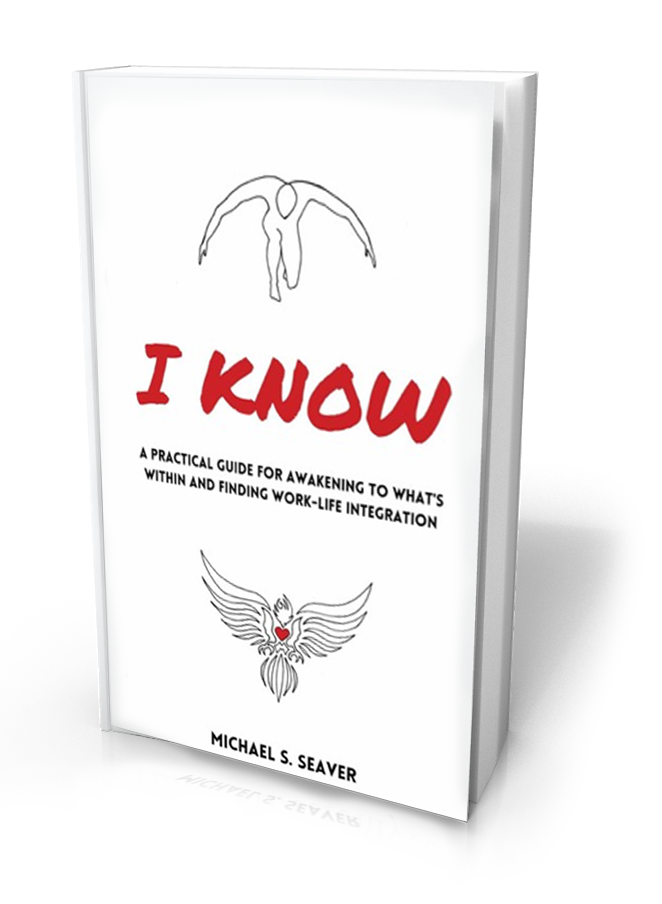

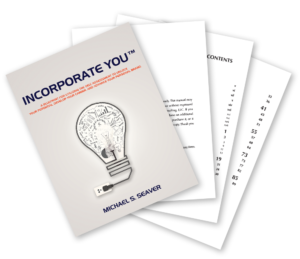
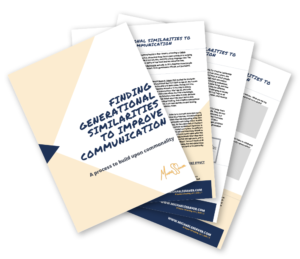
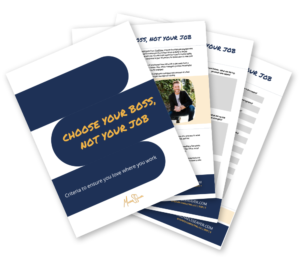
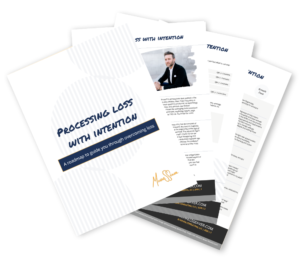
Connect with me